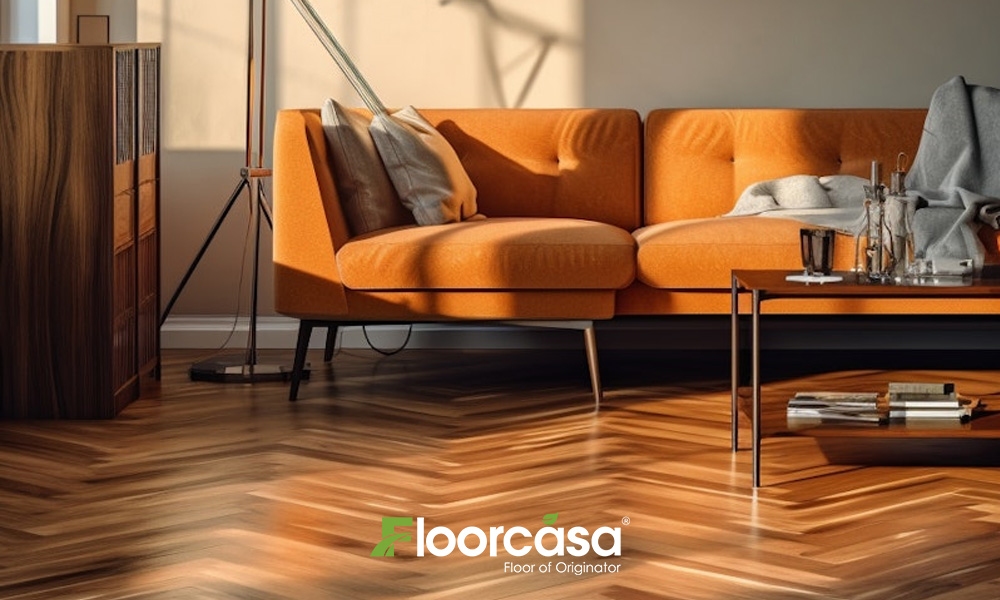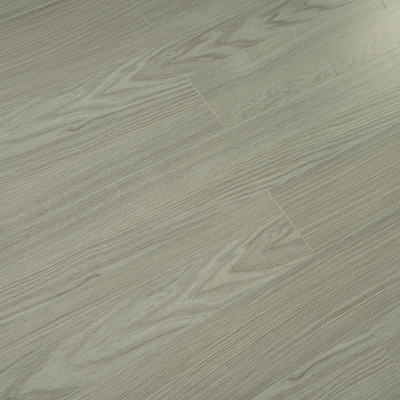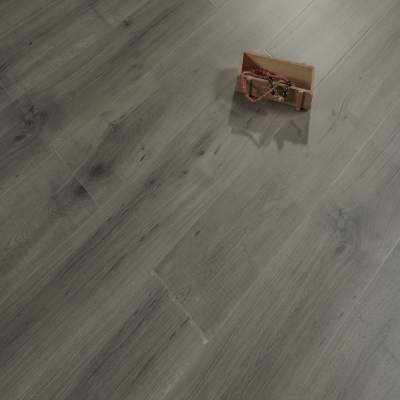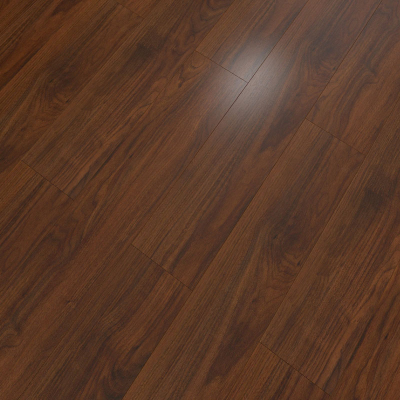Can You Install Laminate Flooring Over Wood?
Installing laminate flooring is a popular choice for homeowners due to its affordability, durability, and aesthetic appeal. However, many homeowners wonder if they can install laminate flooring over existing wood floors. The answer is yes, but it requires proper preparation and considerations for achieving the best results. This article will explore the factors involved in installing laminate over wood flooring, key installation guidelines, and potential issues to be aware of.
Can Laminate Flooring Be Installed Over Wood?
1. Yes, But Preparation is Key
Installing laminate flooring over existing wood floors is possible and can save time and money compared to removing the old flooring. However, proper preparation is essential to ensure a stable, long-lasting floor. The wood subfloor must be clean, dry, and level to support the new laminate flooring.
2. Types of Wood Flooring Suitable for Laminate Installation
Solid Wood Floors: These are the most commonly used wood floors for laminate installation. As long as the surface is flat and undamaged, laminate can be installed directly over them.
Engineered Wood Floors: Similar to solid wood floors, engineered wood can also serve as a good subfloor. However, it is crucial that the planks are tightly fixed and not showing signs of wear or shifting.
Wood Tiles or Planks: Wood tiles or older wood flooring types may require additional leveling or underlayment to ensure a smooth installation surface.
Preparation Steps for Installing Laminate Flooring Over Wood
1. Clean and Remove Debris
Before installing laminate, thoroughly clean the wood subfloor. Remove any dirt, dust, or debris using a vacuum and broom. Any residues left behind can interfere with the adhesive or locking system of laminate planks.
2. Inspect the Wood Surface for Damage
Check the wood floor for any loose or damaged planks. Repair or replace any broken boards before proceeding. If the subfloor is not level, you may need to sand or fill the uneven areas to create a smooth surface.
3. Ensure Proper Moisture Levels
Wood floors, especially in humid areas, may absorb moisture. It's important to ensure the wood is not too damp. Use a moisture meter to check the moisture content of the wood subfloor, as excessive moisture can cause the laminate to warp or buckle over time.
4. Use the Right Underlayment
An underlayment is essential when installing laminate over wood. It provides additional cushioning, reduces sound, and helps with leveling the floor. Foam underlayment or cork underlayment can help protect the laminate from moisture, while also providing sound insulation.
Key Benefits of Installing Laminate Flooring Over Wood
1. Cost and Time Efficient
Installing laminate over wood allows you to avoid the cost and labor of removing the old flooring. It’s a relatively quick and cost-effective way to achieve a fresh look without the hassle of a full demolition process.
2. Stability and Durability
Wood floors provide a solid, stable base for laminate installation. When prepared properly, this foundation helps ensure the longevity and durability of the laminate flooring, extending its lifespan for years.
3. Improved Insulation
With the addition of an underlayment, laminate flooring can help improve the thermal and acoustic insulation of a room. This is especially beneficial in multi-story buildings or homes in colder climates.
Potential Challenges to Consider
1. Height of the Floor
Adding laminate over wood will increase the height of the floor. You may need to adjust door frames, thresholds, and other fixtures to accommodate the new floor height. Transition strips might be necessary between rooms with different floor heights.
2. Uneven Subfloor
If the wood floor is uneven or warped, it may cause problems with laminate installation. The laminate may not lock correctly, or the floor could shift and cause damage over time. Ensuring the subfloor is level is crucial to prevent future issues.
3. Moisture Concerns
Wood floors are more susceptible to moisture than other types of flooring. If the area experiences high humidity, moisture could seep into the laminate and cause it to warp. Moisture barriers should be used to protect the laminate from any potential water damage.
Industry Standards and Materials
When installing laminate flooring, it’s essential to follow industry standards to ensure quality and safety. Some key standards include:
ISO 9001: Ensures the manufacturing quality of laminate flooring.
EN 13329: Establishes performance requirements for laminate flooring, including wear resistance and dimensional stability.
E1 Formaldehyde Emission Standard: Ensures that laminate products are safe for indoor air quality.
ASTM F386: Provides guidelines for subfloor preparation and moisture testing.
Using high-quality materials and adhering to these standards will help guarantee the longevity and performance of your laminate flooring installation.
Frequently Asked Questions (FAQ)
Q1: Can laminate flooring be installed over hardwood floors without any issues?
Yes, provided the hardwood floors are clean, level, and dry. The key is ensuring the surface is stable and smooth before laying the laminate.
Q2: Do I need to remove baseboards when installing laminate over wood?
It’s recommended to remove baseboards to ensure the laminate is installed correctly. You can reinstall them once the laminate is in place.
Q3: How thick should the underlayment be for installing laminate over wood?
Typically, 2mm to 3mm thick underlayment is ideal for most laminate installations. Thicker underlayment may be required if the wood floor is particularly uneven.
Q4: What if my wood floor is too uneven for laminate installation?
If the wood subfloor is significantly uneven, consider using a self-leveling compound to even out the surface before installing the laminate.
Call to Action
If you’re considering installing laminate flooring over wood, ensuring a proper installation process will help you achieve a high-quality, durable floor that enhances your home’s interior. We provide expert advice on laminate flooring materials, installation methods, and maintenance strategies. Contact us today for professional consultation, and we’ll guide you through every step of the process to ensure a perfect, long-lasting result.






